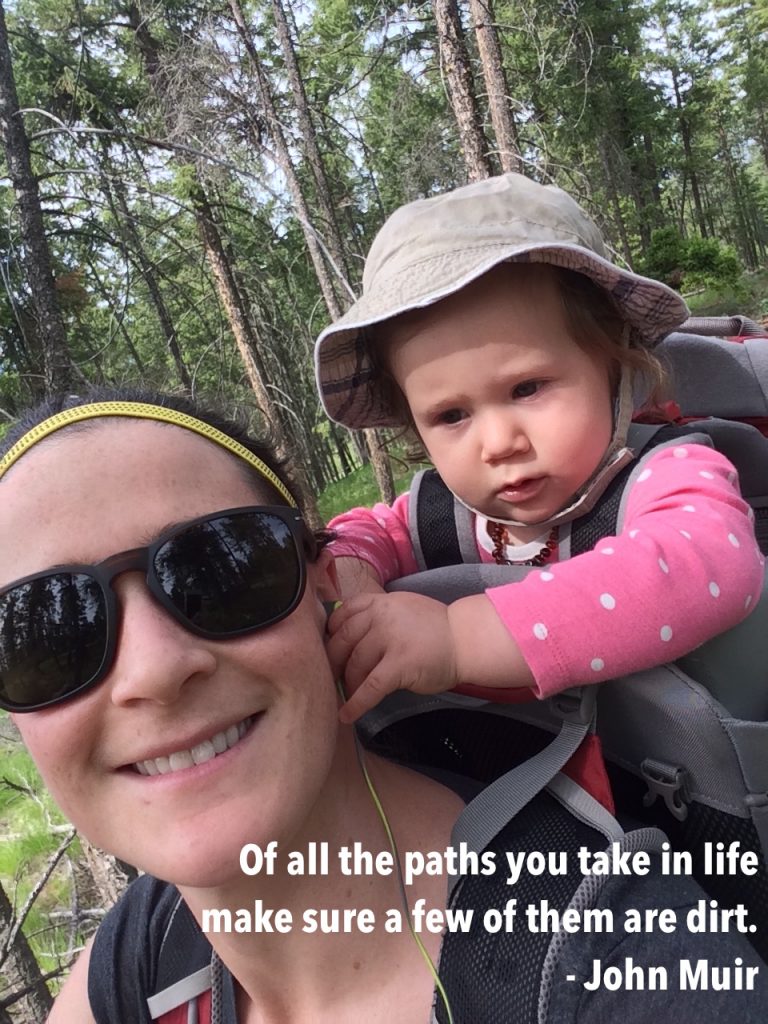Tips for Tactile Play
Let’s talk about touch. Tactile sensation (or touch) is part of the somatosensory nervous system (somato meaning body and sensory meaning perceived by the physical senses). We tend to take it for granted, but it’s a pretty big deal. Our brain processes a TON of information every second coming in from tactile sensory receptors, particularly on the skin. It’s an important part of how we relate to our environment, develop our brain-body image, and make decisions regarding future actions.
As with all our sensory systems (with a potential clause for the vestibular system), the tactile sensory system is relatively immature at birth and develops based on experience and feedback. I actually think “raw” is a better term than “immature” because infants can actually be quite sensitive to touch, but the point is this system needs to learn how to integrate information from the world around it and the brain needs to learn how to process and prioritize that information.
Anyway, with that foundational blurb out of the way, the purpose of this blog is to teach you some fun ways to encourage healthy tactile development with your little one. So without further ado, I give you eight tips for tactile play.

1. Sensory Toys
Let’s start with the obvious. There is a whole category of toys specifically developed to encourage different tactile feedback experiences for your little one. Spike balls, tags, studded surfaces, etc. I assume you have had some exposure to these already. Then there is always the classic sensory input of sitting baby directly in the toy box or ball pit for some full body sensory immersion.
2. Explore the Outdoors
Maybe I watched Fern Gully too much as a kid, but I cannot underscore the importance of outdoor exploration to a child’s health and development – physical, sensory, emotional, spiritual. Seriously. There is no other environment that is better suited to teach your child a well integrated sensory system and brain-body connection. We are meant to develop and grow in nature. Think of all the different textures to explore! Grass, leaves, bark, dirt, rocks, moss… the options are endless. You don’t have to be a hardcore naturalist to start adventuring outside. Start where you are comfortable. Backyard grass and dandelions can be quite the enriching experience!
3. Messy Eating
Don’t be afraid to get dirty! I would suggest that for the first few months that your baby is learning to eat solids that you let them eat naked and get to know their food. Let them be sticky and slimy and gross (and then clean them up afterwards). Let them smear their sweet potato all over their face, hair, and belly. Let them squish that avocado between their fingers and toes. This is good tactile sensory information for the brain to process not only for the outside body, but also in the mouth! Changes in texture experiences in the mouth are important for oral motor and sensory development (and can help with picky eaters).
4. Brushing
Brushing can be a stimulating or a soothing experience, depending on the sensory system status and vigour of the brushing. Start gentle and soft. Use an infant hair brush, paint brush, makeup brush, shaving brush, or tooth brush and gently brush along your baby’s skin all over their body. This is usually quite calming. As you progress to more aggressive bristles, it can become more invigorating.
 5. Switch Up the Surfaces
5. Switch Up the Surfaces
I find that switching up surfaces is helpful with motor development as well as tactile integration. Change up the sensory experience by alternating carpet, tile, hardwood, rubber, grass, and sand. Explore novel surfaces when you see the opportunity. The other day my husband and I sat outside MEC with our daughter and played on the rock pile for half an hour and my daughter loved it. (Obviously some of these environments require astute supervision; I am assuming that all of you brilliant people reading this are mindful parents and that the safety considerations go without saying.)
6. Water Play
Splish splash! This doesn’t just have to be at bath time. You will be shocked at how amused your little one can be with a small spilled area of liquid. (Sequoia’s favourite is knocking over the dog’s water dish and imitating this one on her own.) You can also experience different temperatures and viscosities. Play with water flow, creating little waterfalls and letting your little one feel different pressures and rates of flows along their skin.
7. Pet Play
Animals are fun. Not only can fur be a different texture experience, but being licked is a pretty special tactile experience too! Obviously you need the right furry friend to make this one a reality. Bonus being bonding between babies and animals is also one of the cutest things on the planet.
8. Kisses!
I don’t have any real scientific data to back this one up, but you should kiss your baby. Snuggle them, touch them, nuzzle, and kiss them all over. Added tactile experience if dad has varying levels of facial hair. Beware the stubble! I remember feeling like my grandfather was going to rip my face off with his whiskers when I was a kid.
Tactile play is fun. It is important brain food for your baby’s sensory development but the learning experience does not need to be extravagant. Get down on their level. Look for opportunities to experience varying sensory environments throughout your day. Start early and go slow. Watch for your baby’s cues when they want more or have had enough. Explore the subtleties and be patient. You may find this tactile adventure to be quite the enriching experience for yourself as well!
Resources


